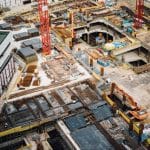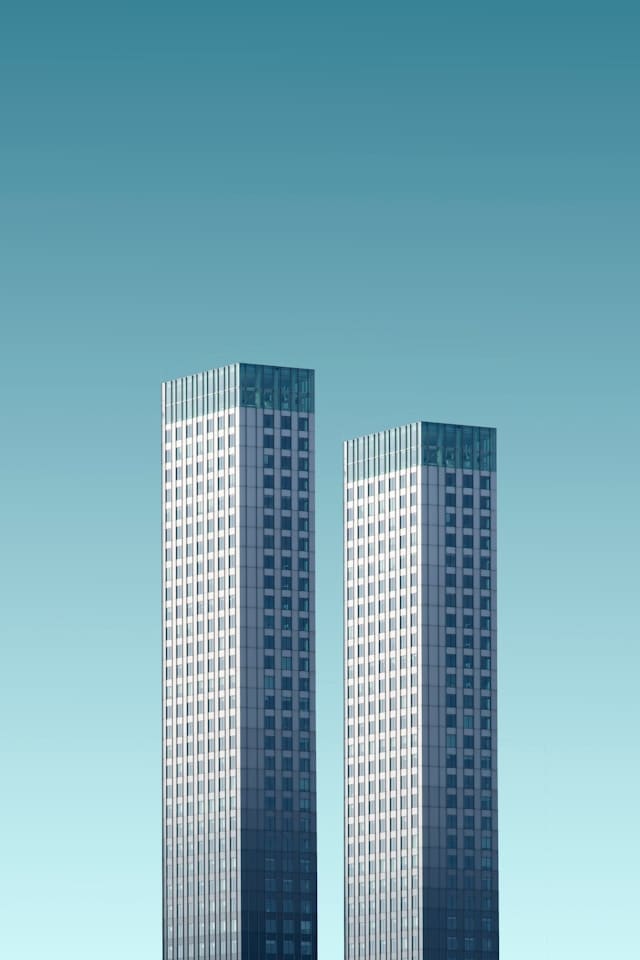The Passive House concept, also known as Passivhaus, originates from Germany, and it has been increasing in prevalence throughout the UK. This progressive approach to home-building focuses on energy efficiency, comfort, and high quality. So, what exactly are the advantages of these Passive House standards in UK home building? This article will delve into the details of the passive house standard, its design principles, and the significant benefits of adopting them in your home build.
The Passive House Concept
What does it mean when we label a house as ‘passive’? A passive house is not just a regular home. It is an advanced voluntary standard for energy efficiency in a building, which reduces its ecological footprint. It involves rigorous design and building techniques to provide superior air quality and thermal comfort all year round.
Have you seen this : How to Integrate Automated Parking Systems into New Real Estate Projects?
The primary attributes of a Passive House include meticulous insulation, high-quality windows, avoidance of heat bridges, and an efficient heat recovery ventilation system. It minimises heat loss in winter and heat gain in summer, resulting in significantly lower energy costs. The design principles aim to create a home that uses up to 90% less energy for heating and cooling than a typical building.
Superior Energy Efficiency
One of the most significant advantages of passive houses is their superior energy efficiency. The thoughtful design and construction methods used in passive house building minimise the need for external energy sources. They are designed to make the most of natural resources, such as sunlight and natural heat.
Topic to read : What Are the Challenges of Balancing Heritage Preservation with Urban Development in Real Estate Projects?
High-quality windows, for example, not only bring in natural light but also trap heat during winter. The orientation of the house also maximises solar gains, reducing the need for artificial lighting and heating. Proper insulation, meanwhile, prevents heat from escaping during colder months and keeps the house cool during summer.
Furthermore, a passive house will typically incorporate a heat recovery ventilation system that recovers heat from exhaust air and uses it to preheat incoming fresh air. This way, you will have a consistent, comfortable indoor temperature throughout the year with significantly lower energy bills.
Exceptional Indoor Air Quality
Passive houses are also known for their exceptional indoor air quality. The efficient ventilation system that is a staple in these houses ensures a continuous supply of fresh air. The heat recovery system also filters the air, removing airborne particles and allergens, thus reducing potential health risks.
For many homeowners, indoor air quality is a significant concern, especially for those with allergies or respiratory conditions. A passive house can provide a cleaner, healthier living environment, free from common indoor pollutants.
Comfort All Year Round
We all want a home where we can stay comfortable regardless of the season. Passive houses offer the benefit of year-round comfort. With its design and construction techniques, these homes maintain a consistent and comfortable temperature all year round.
The advanced insulation used in passive houses prevents drafts and cold spots, which are common in traditional houses. Meanwhile, the heat recovery ventilation system ensures that the indoor air remains fresh and well-circulated, adding to the overall comfort.
Long-Term Financial Benefits
While the initial costs of building a passive house may be higher than a traditional home, the long-term financial benefits are undeniable. With its superior energy efficiency, a passive house will save you a significant amount in heating, cooling, and electricity bills over time.
Moreover, a passive house will also have a higher resale value due to its advanced design and construction techniques, and its sustainability credentials. Therefore, even though you might invest a bit more at the initial stage, you will reap financial benefits in the long run.
Enriching the Environment
Lastly, passive houses contribute positively to the environment. The energy efficiency of these homes significantly reduces carbon emissions, contributing to the fight against climate change. With the increasing awareness and concern about climate change, building a passive house is a responsible choice for the environment and future generations.
With so many advantages, it is clear why the Passive House standard is gaining popularity in the UK. Adopting these standards in your home build not only provides a comfortable and healthier living environment but also contributes significantly to energy conservation and environmental sustainability.
Aesthetic and Lifestyle Appeal
Passive houses reflect a contemporary and sophisticated lifestyle that is increasingly desired by many homeowners. Beyond the energy efficiency and environmental benefits, these houses are also aesthetically pleasing and offer a unique living experience.
The minimalist design principles of Passive House standards often result in houses with clean lines, simple shapes, and a modern aesthetic. Many passive homes feature open-plan spaces, triple-glazed windows, and high ceilings, all of which contribute to a sense of spaciousness and abundance of natural light.
Furthermore, living in a passive house can transform your daily routines and habits. The use of natural light, for example, can influence your circadian rhythm, improve your sleep quality, and enhance your overall well-being. Meanwhile, the constant fresh air circulation can make you feel more awake and productive.
In addition to health benefits, Passive House design principles also facilitate a quiet and peaceful living environment. Thanks to the excellent insulation and high-quality windows, noise pollution from outside is significantly reduced. You’ll enjoy a serene and tranquil home, free from the distractions of the outside world.
Finally, adopting Passive House standards in your home build signifies a commitment to sustainability and responsible living, values that are increasingly important in today’s society. In essence, a passive house is not just a home; it is a lifestyle statement.
Conclusion: The Future of UK Home Building is Passive
It is evident that the advantages of adopting Passive House standards in UK home building are multifaceted and substantial. From superior energy efficiency to exceptional indoor air quality, year-round comfort, financial benefits, and environmental contribution, passive houses offer a significantly enhanced living experience compared to traditional homes.
Moreover, the aesthetic appeal and lifestyle benefits of passive houses are also influential factors. The shift towards passivhaus standards reflects a broader societal movement towards sustainable, responsible living and an appreciation for minimalist design.
Despite the higher initial investment, the long-term energy savings, improved health and well-being, and increased resale value make passive houses a sound financial investment. It’s an investment not just in a property, but in a way of life and the future of our planet.
Building industry bodies, such as the Passivhaus Trust, play a pivotal role in promoting the adoption of Passive House principles. They provide training, certification, and support to architects, builders, and homeowners, facilitating the growth of this sector in the UK home building industry.
In conclusion, the Passive House standard is not merely a trend; it is the future of home building in the UK. For those considering a new build, renovation or buying a new home, Passive House standards offer an opportunity to live in a house that is not only comfortable, energy-efficient, and aesthetically pleasing, but also environmentally responsible. The future is passive, and it’s here now.











